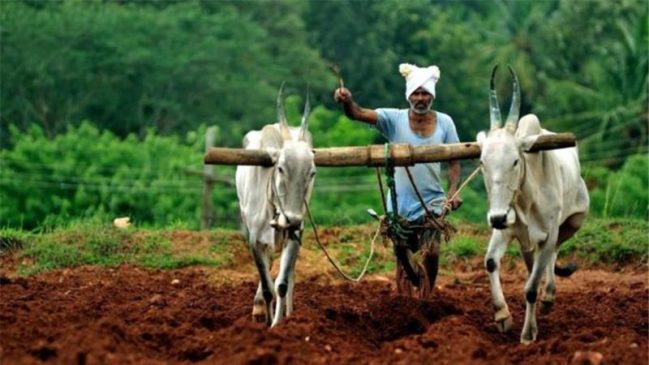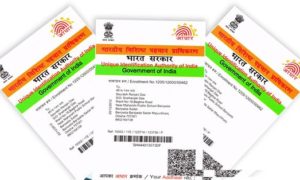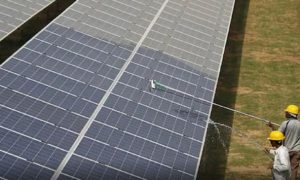The insured gross cropped area of non-loanee farmers under Pradhan Mantri Fasal Bima Yojana (PMFBY) has reached a new high, indicating growing acceptance of the Centre’s crop insurance scheme.
According to the data available with the Ministry of Agriculture and Farmers’ Welfare, the non-loanee area, the gross cropped area for which farmers have not taken any loan from bank or other financial institutions, has jumped to 180 lakh hectares during crop year 2022-23 under the PMFBY, which is 70 per cent higher as compared to 106 lakh hectares during 2021-22.
In fact, the insured non-loanee area accounted for 36.07 per cent of the total insured area under the PMFBY during 2022-23, which is the highest in the last five years. The proportion of non-loanee area in the total insured area under the PMFBY have been hovering around 24 per cent during the last five years — 23.93 per cent in 2021-22, 24.52 per cent in 2020-21, 22.38 per cent in 2019-20, and 24.3 per cent in 2018-19.
While the insured non-loanee area has increased during the last five years, the loanee area has seen a decline from 444 lakh hectares in 2019-20 to 354 in 2020-21 to 336 lakh hectares in 2021-22 to 320 lakh hectares in 2022-23. In 2018-19, the loanee area stood at 406 lakh hectares.
The NDA government launched the PMFBY from kharif 2016. After implementation of the scheme for initial two years, the government reviewed it and introduced some changes with effect from October 1, 2018. In 2020, the government revamped the scheme’s operational guidelines, and the revised guidelines came into effect from kharif 2020.
Read More: Top 5 real estate job roles in India for 2024. Complete guide here
Initially, the scheme was compulsory for loanee farmers, who possess a crop loan account/Kisan Credit Card (KCC) account to whom credit limit is sanctioned/renewed for the notified crop during the crop season. However, from Kharif 2020, it was made voluntarily. This explains the drop in the loanee area.
Under the PMFBY, farmers have to pay premium at the rate of 2 per cent of sum insured or actuarial rate whichever is less for kharif food and oilseeds crops (all cereals, millets, and oilseeds, pulses), 1.5 per cent for rabi food and oilseeds crops (all cereals, millets, and oilseeds, pulses), and 5 per cent for kharif and rabi annual commercial/annual horticultural crops. In several states, including Assam, Andhra Pradesh, Odisha, Maharashtra, and Tripura, the state governments are paying farmers’ premiums, providing insurance for free.
In kharif 2023, the scheme is notified by 21 states and Union Territories, covering 29 agricultural crops and 59 horticultural crops. In kharif 2022, the scheme was implemented by 20 states and Union Territories, and it covered 33 agricultural crops and 52 horticultural crops.
Experts said the steady rise in the non-loanee area under the PMFBY indicates growing acceptance of the scheme.
“Since a large number of farmers have benefited from the scheme, even non-loanee farmers are getting enrolled so that they can benefit from the scheme. In view of highly subsidised premiums where a farmer is required to pay a negligible amount, the scheme has become popular. This trend indicates wider acceptance of the scheme,” said Rajeev Chaudhary, the former CMD of Agriculture Insurance Company of India Limited.
Area (lakh hectares) covered under PMFBY
| Crop Year (July-June) | Loanee Area | Non-Loanee Area |
| 2022-23 | 320 | 180 |
| 2021-22 | 336 | 106 |
| 2020-21 | 354 | 115 |
| 2019-20 | 444 | 128 |
| 2018-19 | 406 | 130 |





































